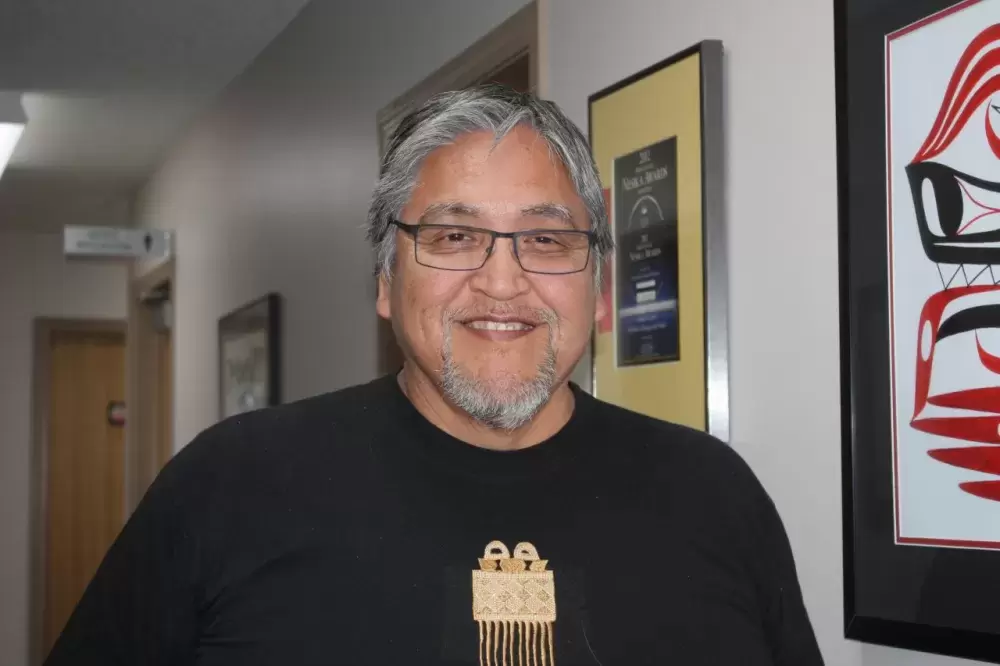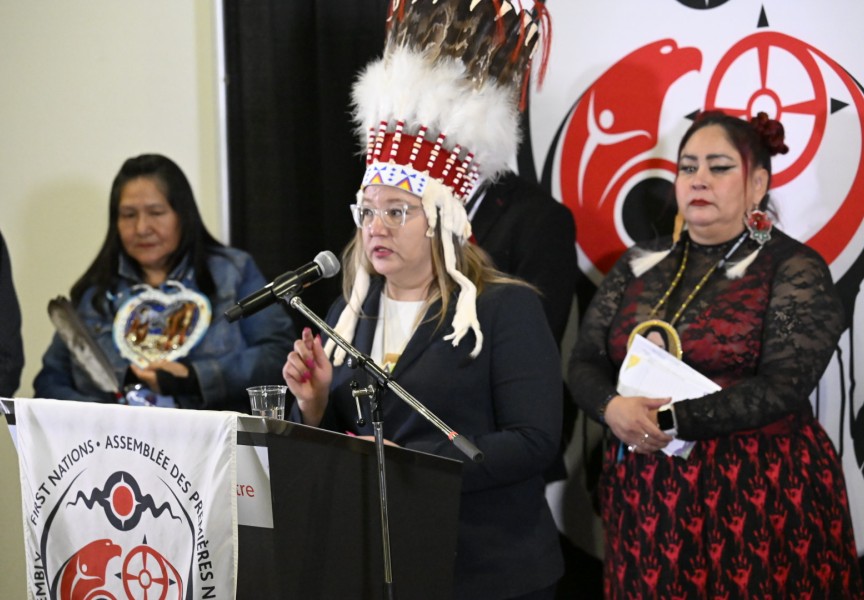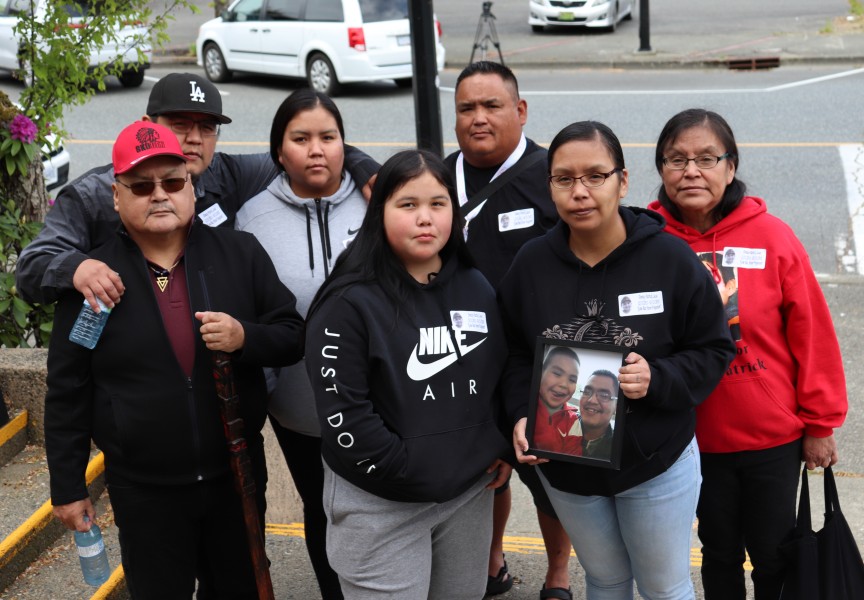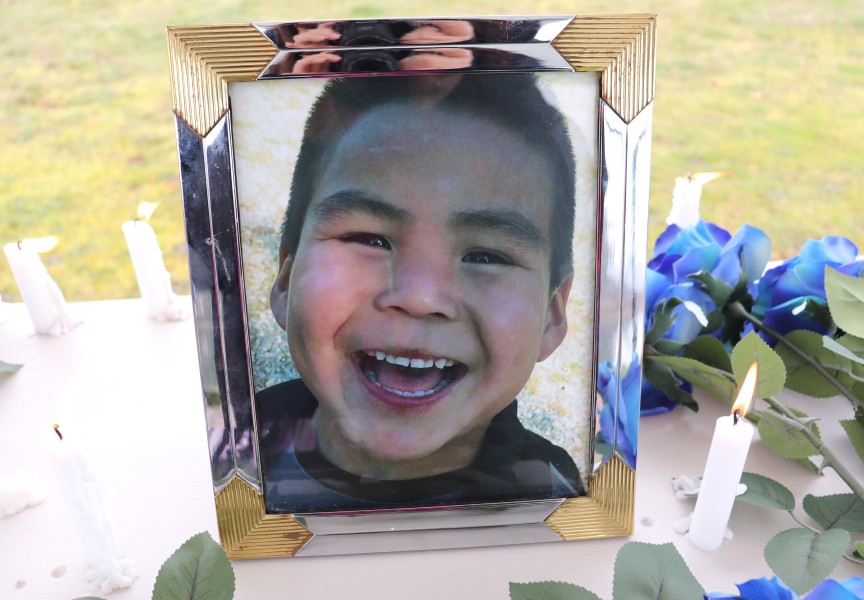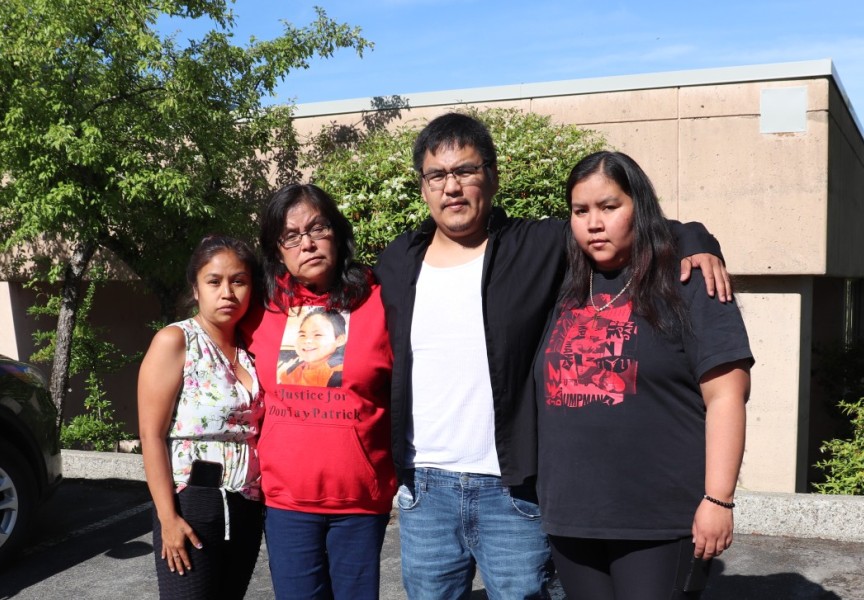The search is on for genealogy information that will help build an all-inclusive Nuu-chah-nulth family tree. The work is being undertaken by Usma Nuu-chah-nulth Family and Child Services for the purpose of preserving family history and as a resource for children in care needing to know their family roots.
Usma Director Kelly Edgar is excited about the progress of the work and what it will mean for Nuu-chah-nulth-aht. She said the work had been done informally, over many years by other Usma support staff, but this is the first time that dedicated funding is in place for two, permanent full time connections positions.
Linus Lucas and Kevin Titian work for the NTC’s Usma program as connections workers. They are tasked with building the family tree. They do this by researching family lines, connecting with Nuu-chah-nulth people that are knowledgeable about family records and using online resources.
Lucas said he and Titian began working in their new positions in late 2018. His interest in Nuu-chah-nulth genealogy, or family tree building, started a few years ago when a social worker approached him with a case file. According to Lucas, there was a Nuu-chah-nulth child in care that didn’t know their family roots. Lucas was given a computer program to build a family tree and started from there.
Building family trees not only helps children in care understand where they come from, but it also helps child protective services identify potential extended family members that could serve as foster placement homes. In addition, it has helped Nuu-chah-nulth children in care from other regions reconnect with their roots.
Julia Hunter, Usma Resource Team Leader, said she has heard from social workers from other regions and even another province seeking family information for Nuu-chah-nulth children being fostered in another jurisdiction.
“This is an opportunity to provide family connections to kids in care,” said Hunter.
Connecting kids in care with extended family members increases their chances of getting out of the foster care system.
“The ultimate goal is for kids to start going home because that is where they need to be,” said Edgar.
Lucas began building a tree for his grandson and has added more than 7,000 people over five years. He has found records online through family tree/genealogy databases, online archive databases and by speaking to extended family members.
Some of the older online records the connections workers have come across contain Nuu-chah-nulth names; some that nobody Lucas has spoken to can recognize.
“These traditional names are resurfacing and we need to figure out where they come from because they belong to families,” Lucas said, adding that it would be good to put them back in use in the proper way. “These names are family identity.”
He chuckled when he remembered a record he saw for an infant. It seemed the census taker asked what the baby’s name was and the parents replied in the Nuu-chah-nulth language that the baby has no name; and so the record shows the baby is called the Nuu-chah-nulth word for No Name.
Lucas and Titian have been visiting Nuu-chah-nulth communities with a laptop that contains the family tree work they’ve accomplished so far. They invite people to add their family information to build the tree even larger.
The family tree program used by the connections workers is not web-based, so people cannot access it online. There are a couple of reasons for this. One is privacy and the need to protect the vital records of people listed in the database and, secondly, Edgar said by having people interact with the connections workers, connections are being made and that is what makes the program a success.
Lucas considers the family tree project an avenue to healing. Talking to elders and families about their connections to one another is a positive thing.
The connections workers are looking for vital records information for Nuu-chah-nulth-aht younger than middle age.
“We need to talk to people from my generation and younger to get information to build the tree,” said Lucas.
The connections workers recently traveled to Gold River, where people were invited to see the tree and add to it.
“There were some young, computer-literate people that easily added information,” Lucas said.
They ask people for family information including full names, birth dates and birth location. The information will go into the tree and allow children in care to see where they fit in. The project is ongoing and information is constantly added.
If you would like to add your family information you may send it by email, by phone or through social media.
Lucas and Titian sometimes travel to the Nuu-chah-nulth communities to collect information and to share what they have.
“It’s open for people to view,” said Lucas.
Lucas may be reached by email at Linus.Lucas@nuuchahnulth.org or by cell phone at (250) 720-5221. Kevin Titian can be reached by searching his name on Facebook.

